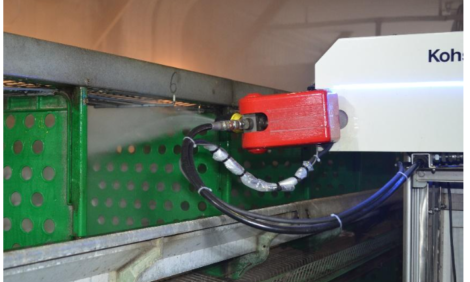



Effect of Organic Acids on Salmonella Typhimurium Infection in Broiler Chickens
A new mixture of organic acids administered in drinking water reduced Salmonella Typhimurium in broiler chickens, according to researchers in the US and Brazil.An alternative to antibiotics is the use of certain organic acids for routinely encountered pathogens in the poultry industry. Direct acidification of drinking water with organic acids could significantly reduce the amount of recoverable Salmonella Typhimurium (ST) from the crop and caecal tonsils when used during the pre-slaughter feed withdrawal period.
In International Journal of Poultry Science, A. Menconi of the University of Arkansas in the US and co-authors there and at CCR Universidade Federal de Santa Maria in Brazil report a study, in which in-vitro and in-vivo evaluations were conducted to compare a commercially available water acidifier (Optimizer®), versus two formulations of organic acid mix (OAM), made up of of acetic, citric and propionic acids at a final concentration of either 0.031 per cent or 0.062 per cent, to reduce Salmonella Typhimurium in the crop and caecal tonsils of broiler chicks during a 24-hour period.
The two OAM showed better in-vitro activity to reduce Salmonella when compared to control.
In vivo, the OAM (0.062 per cent) had a similar effect to the commercial product, showing a significant reduction in total number of ST-positive caecal tonsils, and reducing the number of ST in the crop when compared with controls (P<0.05). All treatments reduced the number of ST recovered from crop contents at 24 hours.
This new formulation of OAM has great potential as a crop sanitiser and will be further evaluated under conditions similar to commercial chickens, concluded Menconi and co-authors.
Reference
Menconi A., A.R. Reginatto, A. Londero, N.R. Pumford, M. Morgan, B.M. Hargis and G. Tellez. 2013. Effect of organic acids on Salmonella Typhimurium infection in broiler chickens. International Journal of Poultry Science 12(2): 72-75.
Further ReadingYou can view the full report by clicking here. |
April 2013









